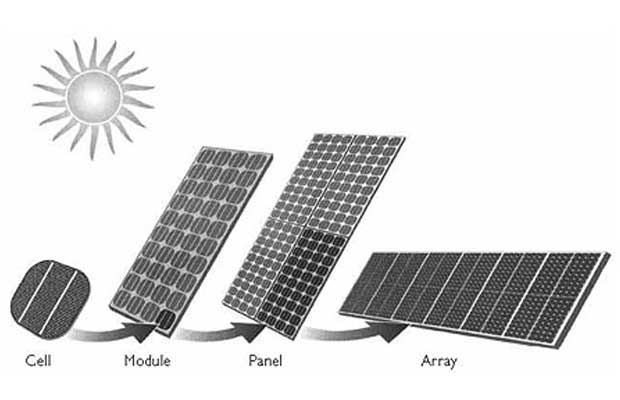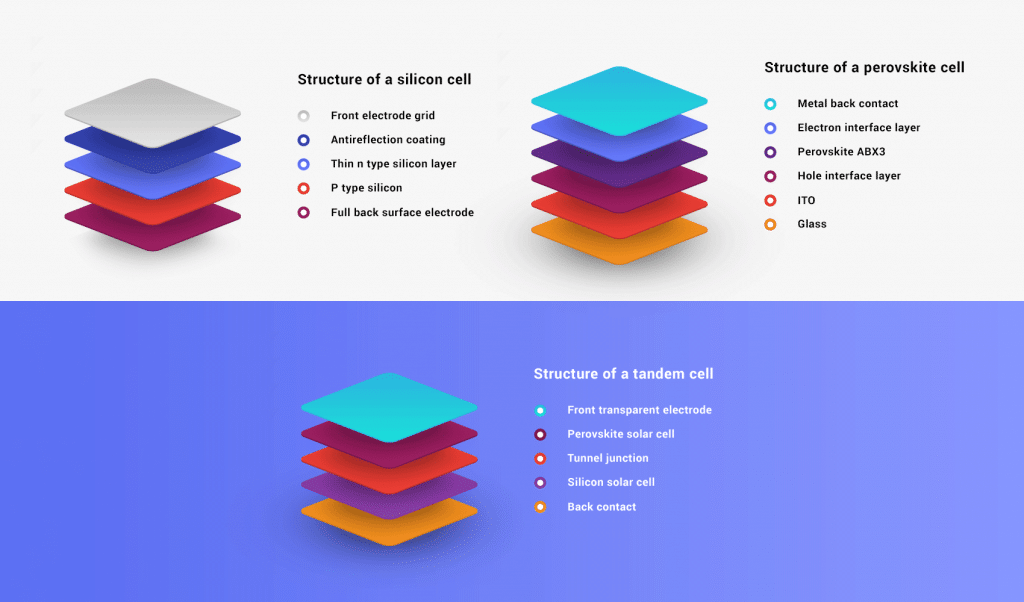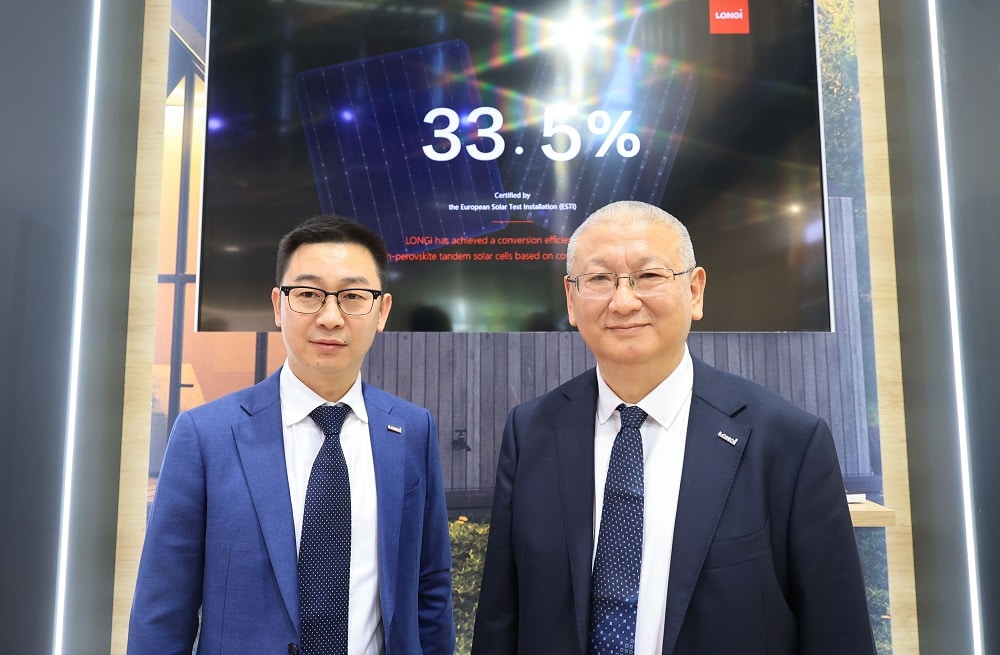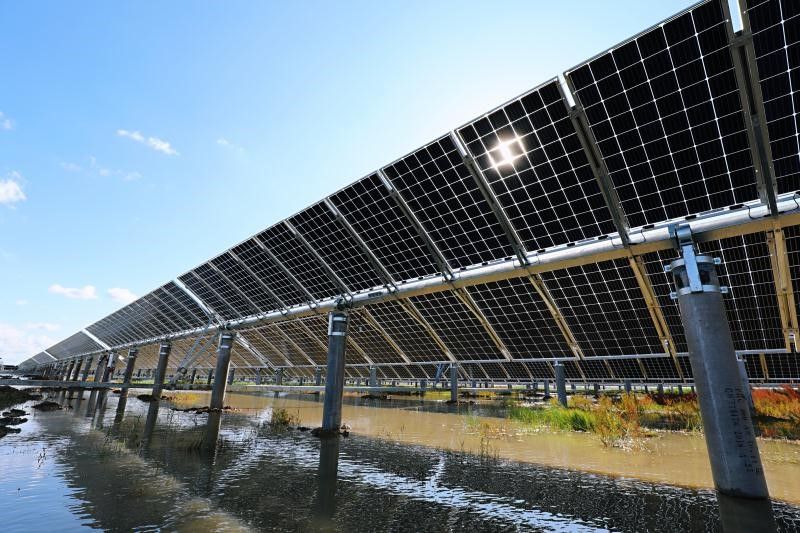Over the last two decades, solar panel technology has witnessed remarkable progress, with the most advanced silicon solar cells achieving unprecedented levels of efficiency. However, the quest for more efficient and cost-effective solar power generation has led to the emergence of “tandem solar cells,” a revolutionary next-generation technology. Tandem solar cells offer the potential to significantly enhance solar energy conversion efficiency and accelerate the global transition away from polluting energy sources like coal and gas. Nonetheless, there are crucial challenges to address before tandem solar cells can fulfil their promise as a climate-saving technology.
Are you looking to save money on your electricity bills and reduce your carbon footprint? Solar energy is the perfect solution! Energy Matters can help you get up to 3 FREE solar quotes from pre-qualified and vetted solar firms in your area.
Energy Matters has been a leader in the renewable energy industry since 2005 and has helped over 40,000 Australian households in their journey to energy independence. With Energy Matters, you can be sure you’re getting the best possible deal on solar energy. We only work with reputable solar firms with a proven track record of delivering high-quality solar systems.
What is a tandem cell?
Splitting the spectrum and using solar cells tailored for each portion of the spectrum are two ways to boost a solar cell’s efficiency.
Solar cells: Solar cells or photovoltaic (PV) cells are non-mechanical devices that use sunlight – that light may be reflected, absorbed, or pass right through the cell to generate electricity.


Tandem cells consist of a stack of various solar cells atop one another. This configuration will allow us to harness more solar energy. To catch more energy from the sun, we can set a solar cell next to one that works well when it absorbs blue light and one that does the same for green and red light.
Tandem cell: The new generation of solar cell technology
Solar panel technology has made enormous progress in the last two decades, with silicon solar cells now reaching efficiencies of over 30%. However, this technology is nearing its limits, and new approaches are needed to increase efficiency further and reduce costs.
Tandem solar cells are a promising new technology that can convert more sunlight into electricity than conventional solar cells. They use two different materials to absorb energy from the sun, allowing them to capture a wider range of the solar spectrum.
Researchers have recently achieved a tandem solar cell efficiency of 33.7%, which is significantly higher than the efficiency of traditional silicon solar cells. This suggests that tandem solar cells have the potential to revolutionise the solar industry.
However, there is one major catch: current tandem solar cells rely on scarce materials such as silver and indium. This could limit the ability of manufacturers to ramp up production volumes in the future.
A major redesign of tandem solar cells is urgently needed to enable the exponential acceleration of solar deployment. This will require developing new tandem cell designs that use more abundant materials.
Researchers are already working on this problem, and there is hope that new tandem solar cell technologies will emerge in the coming years. If this happens, tandem solar cells could help us to transition to a clean energy future much faster than we currently think possible.
In addition to the above, here are some other key points:
- Tandem solar cells are poised to overtake conventional silicon solar cells in the coming decades.
- A scarcity of materials such as silver and indium could limit the ability of manufacturers to ramp up production volumes of tandem solar cells.
- A major redesign of tandem solar cells is urgently needed to enable the exponential acceleration of solar deployment.
- Researchers are already developing new tandem cell designs that use more abundant materials.
- Tandem solar cells offer a promising way forward in the race to tackle climate change.
Tandem solar cells are a new generation of solar technology with the potential to revolutionise the solar industry. They can convert much more sunlight into electricity than conventional solar cells, making them more efficient and cost-effective.
However, current tandem solar cells rely on scarce materials, which could limit their scalability. Researchers are working on developing new tandem cell designs that use more abundant materials, and there is hope that tandem solar cells could play a major role in the transition to a clean energy future.
The evolution of solar cell technology
Solar cells, the fundamental components of solar panels, convert sunlight into electricity. The efficiency of a solar cell is a critical factor, measuring the proportion of sunlight it can convert into electrical energy. The first silicon photovoltaic cell, developed in the United States in 1954, had an efficiency of just 5%. Since then, technological advancements have boosted silicon solar cell efficiency, with Chinese manufacturer LONGi achieving a world-record efficiency of 33.5% in June this year. Read more about LONGi Reaches New Record: Groundbreaking Milestone Achieves 33.5% Efficiency for Tandem Solar Cells.

However, even with these improvements, silicon solar cells will never convert 100% of the sun’s energy due to the inherent limitations of the material’s ability to absorb the solar spectrum. To further enhance efficiency and reduce the cost of solar electricity, a new approach is required, and that’s where tandem solar cells come into play.
The promise of tandem solar cells
Tandem solar cells utilise two different materials to absorb solar energy. This approach allows for the absorption of a broader spectrum of sunlight, resulting in increased electricity production compared to traditional single-material cells like silicon. Some recent research has demonstrated tandem solar cell efficiencies reaching as high as 33.7%. This was achieved by layering a thin film of perovskite material on top of a traditional silicon solar cell.
Despite the dominance of traditional silicon solar panels in manufacturing, leading solar companies have shown interest in commercialising tandem cell technology, recognising its immense potential to outperform conventional technology in the coming decades.

Experience a new level of energy savings with Energy Matters Marketplace – your one-stop shop for renewable energy products and more whether you’re looking for solar panels, battery storage or outdoor or indoor products.
The challenge of materials
While tandem solar cells hold enormous promise, materials scarcity is a significant challenge. Most tandem solar cells rely on a “silicon heterojunction,” which typically requires more silver and indium than other solar cell designs. Unfortunately, both silver and indium are scarce resources. Read more about Heterojunction Technology in Solar PV: What is it, Who’s Leading the Way and Why You Should Embrace It.
Silver is in high demand across various industries, and global demand has steadily risen. Similarly, indium, used in making touchscreens and smart devices, is rare and only found in trace amounts. This scarcity may not pose an immediate problem since tandem solar technology has yet to be produced in large volumes. However, it could become a major bottleneck when manufacturers seek to scale up production to meet the demands of a rapidly transitioning world.
Addressing the challenge
To overcome the materials scarcity challenge, researchers and manufacturers need to redesign tandem solar cells using more abundant materials urgently. Some silicon solar cells do not rely on indium and require only a small amount of silver. Research and development efforts are underway to make these cells compatible with tandem technology. However, more comprehensive and collaborative efforts are needed to ensure the viability and scalability of this technology.
Additionally, tandem solar cells must also be made more durable. Traditional silicon panels have warranties guaranteeing decades of electricity production, typically around 25 years. Perovskite-on-silicon tandem cells do not currently match this durability, which is another hurdle that needs to be addressed through further research and innovation.
What can accelerate the development and commercialisation of tandem solar cells?
- Governments and industry should invest in research and development to make tandem solar cells more durable and less reliant on scarce materials.
- Solar manufacturers should work with researchers to develop and commercialise tandem solar cells as quickly as possible.
- Governments should create policies that support the adoption of tandem solar cells, such as feed-in tariffs and subsidies.
By taking these steps, we can ensure that tandem solar cells play a major role in the global transition to clean energy and the fight against climate change.
Source: The Conversation, Sino Voltaics
Still can’t afford to switch to solar power?
Are you considering getting solar panels but are currently short on funds? You can still invest wisely, and Energy Matters can help you.
Powow and Energy Matters have teamed up to provide consumers with an alternative to switching to solar power and battery storage.
The biggest obstacle to installing solar and battery storage is typically finance. With Powow’s PPA and VPP, our customers will have a $0 upfront option and financial stability in the uncertain energy market.
Get up to 3 obligation-free quotes by getting in touch with us right away. Find out what payment plan options suit your needs and budget!













































